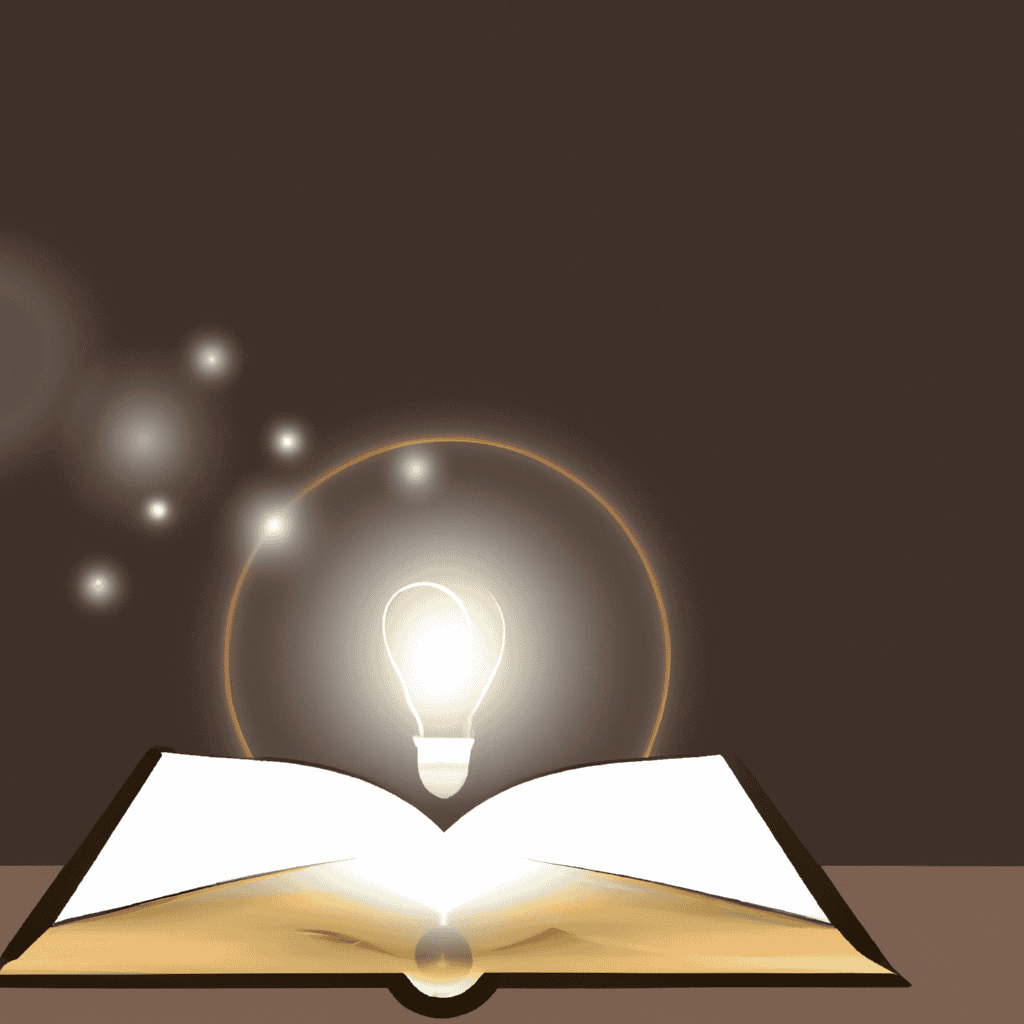My English Lecturers
During my college days in Madras (now Chennai), one of our English textbooks was A Time to Think. I don’t remember much of the book, but it included essays by noted British thinkers such as Bertrand Russell, Francis Bacon, and Charles and Mary Lamb. I often found it amusing that these essayists shared names with non-vegetarian foods. My lecturers, however, did not appreciate my sense of humor. Once, when asked about the most remarkable thing about Mary Lamb, I quipped that while most women had babies, Mary had a little lamb. This led to a trip to the principal’s office. Luckily, Dr. Chandran Devanesan, the principal, had a good sense of humor and we both ended up laughing.
My Fair Lady
Around that time, the film My Fair Lady was released. The movie, based on Bernard Shaw’s play Pygmalion, revolves around Henry Higgins, a phonetician, who bets that he can transform a Cockney flower seller, Eliza Doolittle, into a duchess by refining her speech. Eliza undergoes rigorous training (which many of our leaders could benefit from). When she successfully mingles with high society, Higgins, a quintessential male chauvinist, dismisses her as just a completed experiment. His outlook on women’s logic and thinking, though, applies equally to men.
Why Thinking is Difficult
Thinking is a challenging task, particularly for those unaccustomed to it. It consumes significant energy. Our lives often follow a routine, sparing us from heavy thinking. This leaves us free to engage in trivial activities like posting on social media. For example, someone once posted “Getting ready to go home.” I sarcastically asked how she prepared for this, to which she naively explained her end-of-day routine. It highlighted that many people on social media rarely engage in critical thinking.
Thinking is difficult because it requires practice and energy. Our brain primarily operates on autopilot for basic functions like breathing. The prefrontal cortex, responsible for critical thinking, only accounts for about 10 percent of the brain but manages significant cognitive tasks. Energy levels vary; some people think best in the morning, while night owls may prefer evening reflection. Like physical exertion, thinking also demands energy, making it strenuous when done rigorously.
Why Thinking is Problematic
One major reason thinking is problematic is our limited energy; we can only focus on so many things daily. Additionally, many of us lack training in effective thinking techniques. Critical thinking involves specific skills and practices that must be developed over time. Without regular practice, our ability to think critically diminishes.
Judging is Easier
The misattributed quote to Carl Jung, “Thinking is difficult, that’s why most people judge,” reflects a common tendency in society. Many prefer jumping to conclusions rather than engaging in thoughtful analysis. This behavior is prevalent on social media platforms like TikTok. Reflecting on times before social media, one might wish for a return to self-guided thinking.
Why We Must Think for Ourselves
Thoughtlessness is often humorous, evident in poorly designed bathrooms or silly social media posts. It all stems from a lack of deliberate thinking. As my wife wisely says, “Weigh it before you say it.” There is profound wisdom in those words.
Physical Pain Seems Easier than Thinking
A 2020 study indicated that many people find thinking harder than enduring physical pain. Some may even choose pain over inactivity to avoid reflecting on their thoughts. For instance, in a Harvard University experiment, participants preferred shocking themselves to sitting alone with their thoughts.
Are We Brain-Dead?
I often marvel at the mindlessness of many conversations, questioning what people are thinking. It seems clear that they are not thinking deeply, displaying a severe lack of intellectual curiosity. This brings to mind a humorous quote I read, “I never called you stupid, but when I asked you to spell ORANGE and you asked if it was the fruit or the color, it caught me off guard.”
ARVIND MANI is a former teacher devoted to quality education. He lived in the US for 35 years, training youths to enhance their communication skills. His views are his own and do not necessarily represent this newspaper. He can be reached at theinspiredteacher9@gmail.com
